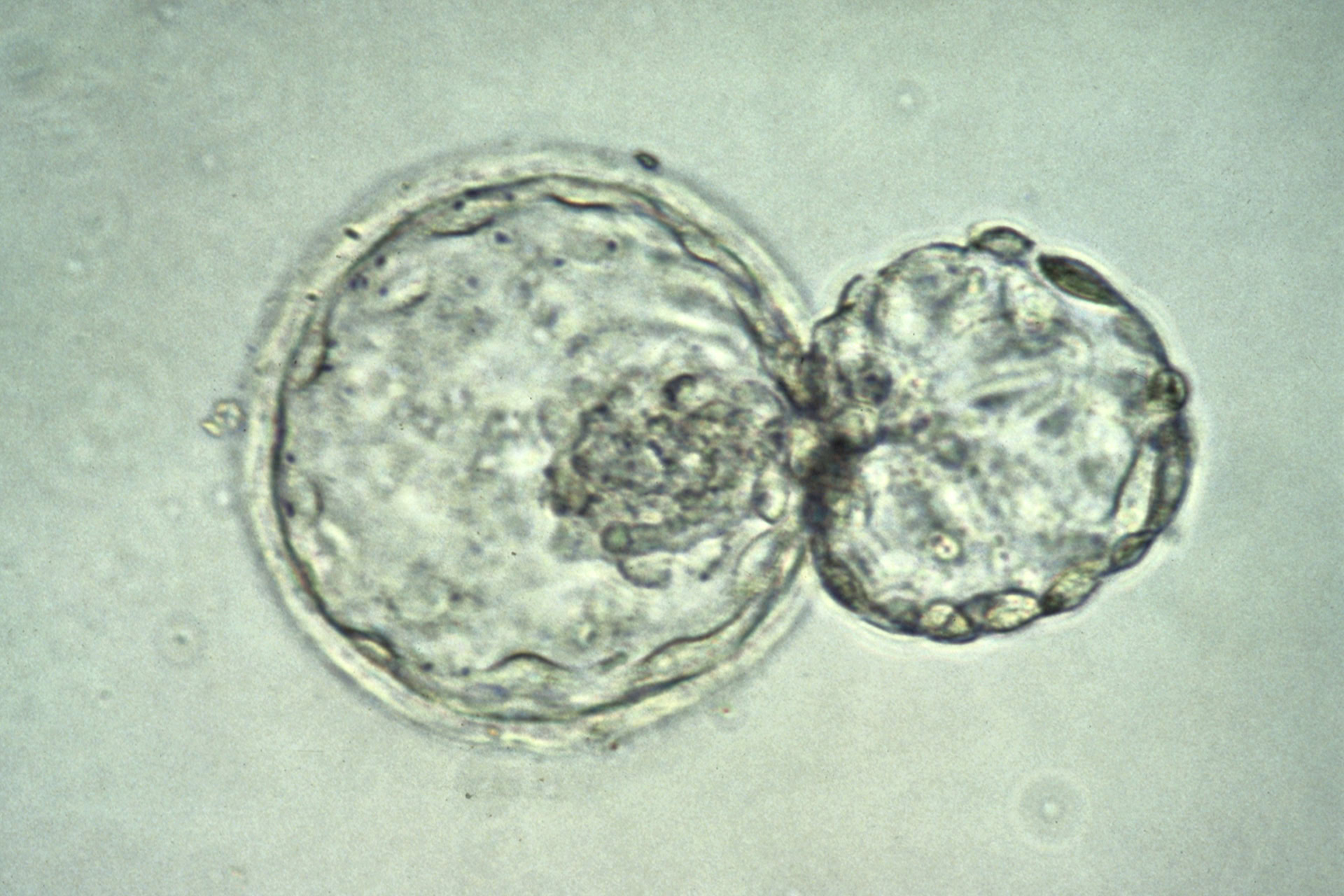The United States Patent and Trademark Office (USPTO) has granted its first patent associated with iPS cell technology to Professor Shinya Yamanaka of Kyoto University, Japan, for a technique used to reprogram fully differentiated somatic mouse cells into an embryonic-like state. Patents for the technique were previously granted to Kyoto University by Japan, Singapore, New Zealand, South Africa, Israel, and the European Patent Office.
'iPS cell technology has huge potential to develop new drugs and cell therapy, and I would like to make these promises actually take place. Toward the goal, the US patent grant will further enhance iPS cell research and development in the US', said Professor Yamanaka.
The university has said it will not restrict use of the patents for non-profit purposes. 'Kyoto University allows any academic researchers who do research for non-profit purposes to use our iPS cell techniques free of charge, so we will not enforce the patent to stop researchers from using iPS cells', said Akemi Nakamura, spokesperson for the university.
The patents cover a broad variation of the technology developed since Professor Yamanaka first created iPS cells in 2006. 'The US patent covers combinations of nuclear reprogramming family factors... This means that if companies use a combination of the nuclear reprogramming genes and generate iPS cells, regardless of the kinds of vectors, they need to get the patent license', said Nakamura. 'We believe that many labs use these genes to make iPS cells, so we think the coverage is broad'
However, some researchers could attempt to use the breadth of the patent to challenge its validity. It may also be challenged by US firm Fate Therapeutics, which says its 2003 patent application, granted by the USPTO in 2010, contained iPS cell technology. Kyoto University says this application, however, was made some time before Professor Yamanaka announced his discovery. 'We think that this Fate patent does not relate to iPS cell technology', Nakamura said
Commenting on the news, Dr Hiroshi Matsumoto, President of Kyoto University, said: 'I am proud that the patent on the iPS cell technology invented by Professor Shinya Yamanaka was granted by the USPTO. 'Kyoto University will continue to advance iPS cell research as the leading institute in the world and have an advantage in terms of patents protecting iPS cell technologies'.
Sources and References
-
U.S. patent OK'd for iPSC technology of Kyoto Univ.'s Yamanaka
-
Kyoto U. gets U.S. stem cell tech. patent / Breakthrough to accelerate research
-
Kyoto University granted its first iPS cell patent by the United States Patent and Trademark Office
-
First US patent for iPS cells
-
First Induced Pluripotent Stem Cell (iPSC) Patent Approved by the EPO





Leave a Reply
You must be logged in to post a comment.